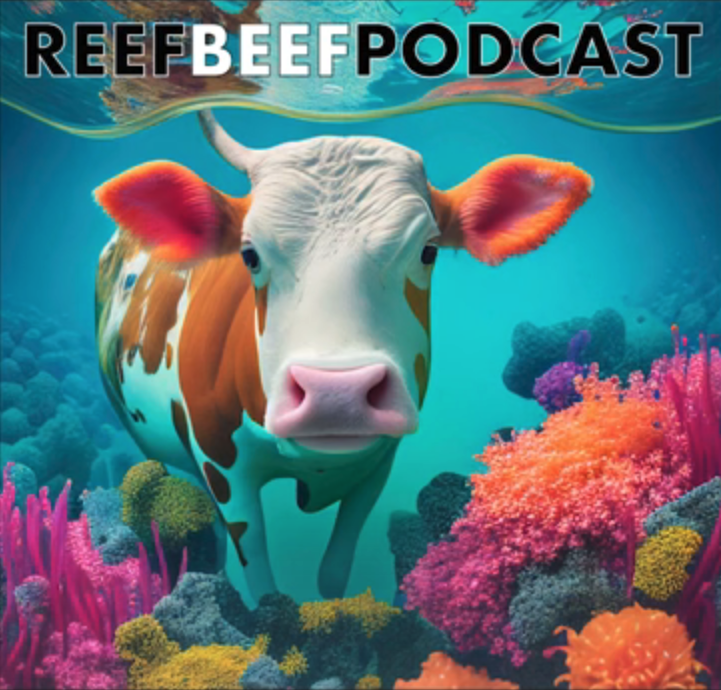From ABC SF
http://vimeo.com/27471171
PHILIPPINES (KGO) — At the California Academy of Sciences in Golden Gate Park, the staff tries to create exhibits that are both beautiful and educational, but do no harm to the environment. That was part of the mission on a recent trip to the Philippines; ABC7 was the only television station to go along.
The Philippines is believed to have the most diverse coral reefs on Earth with 10 times more species than even the Caribbean Islands. A photographer for the California Academy of Sciences took some video of their dive team finding and documenting life on the coral reefs. The team includes a wide variety of experts.
“You’ll go down and you’ll see something and you take a photo of it, you don’t know what it is, you come up, there’s an expert here that can tell you exactly what it is,” said Bart Shepherd, a Steinhart Aquarium curator.
Most of the scientists on the trip are researchers, but three are from the academy’s Steinhart Aquarium. They come armed with buckets and baggies to bring home their treasures. The team goes through an elaborate permit process to make sure there’s no damage to the reefs.
They collected an asthenosoma, also known as a fire urchin, which is pretty and poisonous. And now everyone can see it too safely behind glass at the Steinhart Aquarium. One of the main exhibit areas here is modeled on a Philippine coral reef. That’s one reason the academy chose to go to the Philippines for the biggest expedition in its history.
“We were able to bring back a lot of animals that really aren’t available through any other means,” said Shepherd.
They also brought back animals known as “sexy shrimp” because of the way they seem to dance around and ghost pipefish which are relatives of the seahorse that are camouflaged to look like pieces of coral or blades of sea grass.
They also found a coconut octopus on the ocean floor in the Philippines. It got its name because it often curls up in coconut shells for protection. The one at the aquarium like to curl up in a glass jar instead.
“We are the first public aquarium ever to display that species in the United States,” said Shepherd referring to the coconut octopus.
While they were in the Philippines, biologists Rich Ross and Matt Wandell set up a holding area for the collection about 50 yards off shore. It’s sort of like a clothes line with containers full of creatures hanging in the water. They rigged it with whatever they could find.
“We were thinking for a while of what kind of float we could use, and then we realized there are bottles all over the place,” said Ross.
A lot of the work is focused on coral. The reefs are protected by law and the academy is one of the only institutions allowed to take coral from the Philippines. They try to find little fragments that broke off naturally or they take finger size clippings that won’t damage the animal. Back at the Steinhart Aquarium, the coral is put in a carefully-controlled growing area.
“Some of the larger colonies that are over here are from prior trips to the Philippines. And you can see by comparison how a small fragment that we take. A size like this, can grow into a colony that’s about this big around in a period of a year or two,” said Shepherd.
The academy will use the coral in its own exhibits and trade it to other aquariums — all part of their mission to show visitors why the delicate Philippines reef habitat is worth saving.
ABC7 spent two weeks with in the Philippines with the academy’s researchers and will be bringing you more reports this summer.
Written and produced by Jennifer Olney
